Home>Garden Essentials>What Era Was Crop Rotation Invented
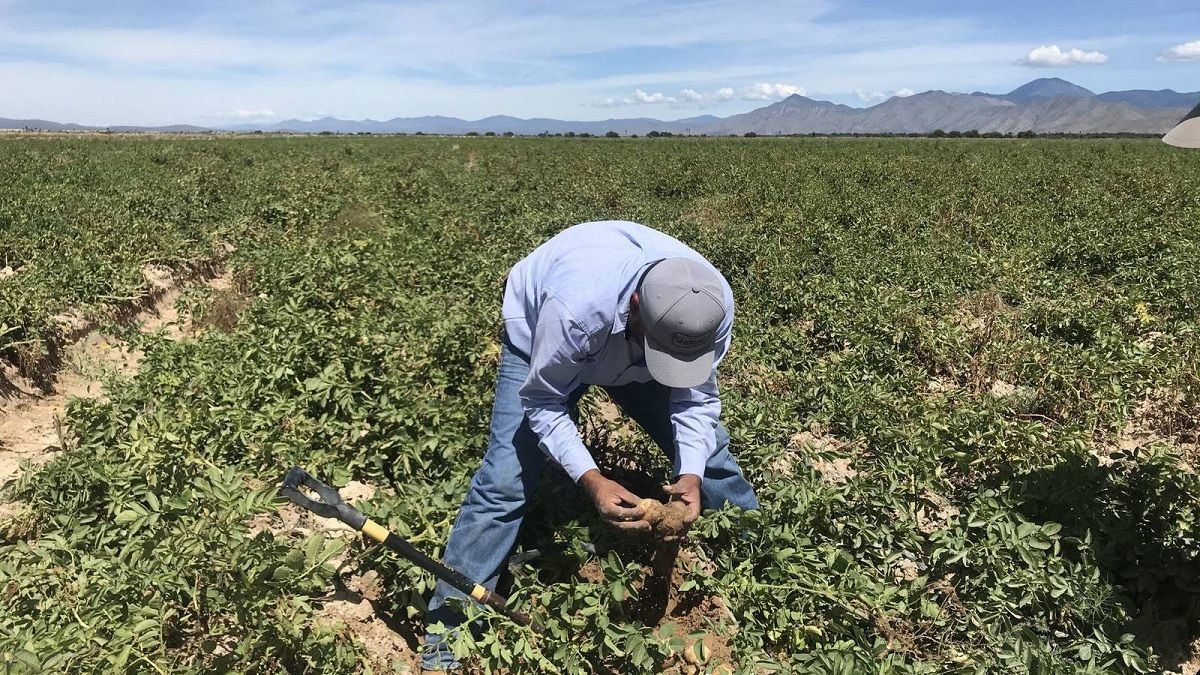

Garden Essentials
What Era Was Crop Rotation Invented
Modified: March 16, 2024
Discover the history of crop rotation in gardening and learn when this innovative technique was first invented. Enhance your garden's productivity with this ancient agricultural practice.
(Many of the links in this article redirect to a specific reviewed product. Your purchase of these products through affiliate links helps to generate commission for Storables.com, at no extra cost. Learn more)
Introduction
Throughout history, agriculture has played a vital role in human civilization, providing sustenance and supporting the growth of societies. One crucial aspect of successful farming is soil management, ensuring that the land remains fertile and productive year after year. Among the various agricultural practices developed over time, crop rotation has emerged as a proven and effective method for maintaining soil health and optimizing crop yields.
In its simplest definition, crop rotation refers to the practice of systematically alternating the types of crops grown on a piece of land from season to season or year to year. This practice helps to break the cycle of pests and diseases, replenish soil nutrients, control weeds, and improve overall soil structure.
While the exact origins of crop rotation are difficult to pinpoint, evidence suggests that early civilizations in different parts of the world, including ancient Egypt, Mesopotamia, and China, were employing some form of crop rotation as early as several thousand years ago. The development and refinement of crop rotation techniques over time have paved the way for increased agricultural productivity and sustainability.
This article delves into the historical context of crop rotation, exploring its early beginnings, advancements, and the impact it has had on farming practices throughout different eras and regions. By understanding the journey of crop rotation, we can appreciate its significance as a cornerstone of sustainable agriculture.
Key Takeaways:
- Crop rotation, practiced for thousands of years, helps farmers by controlling pests, replenishing soil nutrients, and reducing the need for synthetic fertilizers and pesticides.
- Modern approaches to crop rotation, such as integrating cover crops and precision agriculture, aim to optimize resource utilization, improve yields, and promote environmental sustainability.
Read more: Who Invented Crop Rotation?
The Importance of Crop Rotation
Crop rotation is a fundamental practice that offers numerous benefits to farmers and the environment. It serves as a natural defense mechanism against pests, diseases, and nutrient depletion, while also promoting soil health and fertility. Here are some of the key reasons why crop rotation is so important:
- Pest and Disease Management: By rotating crops, farmers disrupt the life cycles of pests and diseases that are specific to certain crops. This helps to reduce the buildup of pathogens and pests in the soil, making it more difficult for them to survive and infect subsequent crops. Additionally, certain crops have natural defenses that can repel or deter specific pests, and alternating these crops in a rotation can provide a more balanced and effective pest management system.
- Nutrient Cycling: Different crops have varying nutrient requirements. By rotating crops, farmers can replenish soil nutrients that may have been depleted by previous crops. For example, legume crops, such as peas or beans, have the ability to fix atmospheric nitrogen into the soil, improving its fertility for subsequent crops. This reduces the reliance on synthetic fertilizers, thus minimizing environmental impacts.
- Soil Structure and Erosion Control: Crop rotation helps to maintain soil structure by alternating crops with different root systems. Deep-rooted crops, like corn, penetrate the soil deeper and break up compacted layers, improving water infiltration and reducing soil erosion. The diversity of crop types also enhances organic matter content, which improves soil structure and increases its ability to hold moisture.
- Weed Suppression: Certain crops have allelopathic properties, meaning they release chemicals that inhibit the growth of weeds. By incorporating these crops into a rotation, farmers can naturally suppress weed populations, reducing the need for herbicides and manual weed control methods. A well-planned crop rotation can create a more competitive environment for weeds, making it harder for them to establish and spread.
- Sustainable Farming: Crop rotation is an essential component of sustainable farming practices. It promotes biodiversity, reduces reliance on synthetic inputs, and minimizes the risk of crop failure due to pest outbreaks or soil degradation. By maintaining and improving soil health through crop rotation, farmers can ensure the long-term productivity and sustainability of their land.
As we can see, crop rotation offers a range of advantages that contribute to the overall success and resilience of agricultural systems. By implementing well-designed crop rotations, farmers can work in harmony with nature, minimizing environmental impacts while maximizing productivity and profitability.
Ancient Agricultural Practices
Before the rise of modern agriculture, ancient civilizations relied on various agricultural practices to sustain their populations. These practices formed the foundation for early innovations in crop rotation. Let’s explore some key ancient agricultural practices:
- Shifting Cultivation: Also known as slash-and-burn agriculture, shifting cultivation involved clearing a plot of land by cutting down vegetation and burning the debris. The ash from the burnt vegetation served as a natural fertilizer for the crops planted in the nutrient-rich soil. After several years of cultivation, the land would be left fallow to regenerate before being used again.
- Terrace Farming: In hilly or mountainous regions, terrace farming was a common practice to create flat areas for cultivation. Stone or earthen walls were constructed to create terraces that prevented erosion and allowed for the cultivation of crops on sloped terrain. These terraces also helped to manage water runoff and irrigation.
- Flood Irrigation: Ancient civilizations in regions with access to river systems, such as the Nile in Egypt or the Tigris and Euphrates in Mesopotamia, developed flood irrigation techniques. This involved diverting water from rivers onto fields to nourish the crops. The flooding not only provided water but also deposited nutrient-rich sediment onto the fields.
- Crop Rotation: While crop rotation as we know it today was not yet fully developed, ancient civilizations recognized the importance of diversifying their crops to maintain soil fertility and manage pests. They would alternate the cultivation of different crops in the same field, combining grains, legumes, and vegetables to ensure a more balanced use of soil nutrients.
Their agricultural practices were deeply tied to their cultural and socioeconomic systems, and farmers relied on their knowledge and experience passed down through generations. Despite the limited scientific understanding of soil health and plant nutrition, these ancient farmers intuitively recognized the benefits of diversifying their crops and allowing their fields to rest and regenerate.
While these early techniques provided survival and sustenance for ancient civilizations, the evolution of agriculture and the formalization of crop rotation came with advancements in scientific knowledge and technological innovations. These paved the way for more systematic and effective approaches to crop rotation that would revolutionize agriculture in the coming centuries.
Early Evidence of Crop Rotation
The earliest evidence of systematic crop rotation can be found in the agricultural practices of ancient civilizations across different regions of the world. While specific techniques varied, these early societies recognized the importance of alternating crops to maintain soil fertility and productivity.
One of the most well-documented examples of early crop rotation comes from ancient Egypt. The Egyptians practiced a form of rotation known as the flood-fallow system. They would grow crops during the flood season, taking advantage of the nutrient-rich silt deposited by the annual flooding of the Nile River. Once the floodwaters receded, the fields were left fallow to replenish soil nutrients, while farmers turned to fishing or other activities. This alternation between cultivation and fallow periods allowed the land to recover its fertility.
In ancient China, the use of crop rotation was prevalent during the Warring States period (475-221 BCE). Chinese farmers practiced the four-field system, dividing their land into four equal plots. Each plot was planted with a different crop, typically wheat, millet, barley, and legumes. The rotation ensured that each plot had a period of rest and recovery while benefiting from the nitrogen-fixing properties of legumes.
Ancient Greek and Roman agricultural practices also incorporated elements of crop rotation. The famous Roman writer and naturalist, Pliny the Elder, wrote about the importance of alternating legumes with cereal crops in his treatise, “Naturalis Historia.” This practice helped replenish soil nitrogen levels and increase crop yields.
Throughout these ancient civilizations, crop rotation was driven by the intuitive understanding that continuously planting the same crop in a specific area would deplete the soil of its nutrients, leading to diminished yields and increased disease pressure. By alternating crops, farmers were able to mitigate these issues and maintain the long-term productivity of their fields.
While the early evidence of crop rotation was based on principles of soil fertility and common-sense observations, it laid the foundation for more sophisticated and scientific approaches to crop rotation that would emerge in the following centuries. These early practices served as a testament to humankind’s ingenuity and the recognition that sustainable land management was vital for the prosperity and survival of agricultural societies.
Advancements in Crop Rotation Techniques
As agricultural knowledge and understanding of soil health evolved, so did the techniques and strategies of crop rotation. The advancements made in crop rotation techniques over the centuries have significantly contributed to the productivity and sustainability of farming. Let’s explore some key advancements:
- Selective Crop Rotation: Early crop rotations involved alternating between a few basic crops. However, as farmers gained a deeper understanding of the specific nutrient requirements and pest vulnerabilities of various crops, they began implementing more strategic rotations. This involved selecting crops that complemented each other in terms of nutrient cycling and pest suppression. For example, legumes became a popular choice due to their ability to fix atmospheric nitrogen, which benefited subsequent non-legume crops.
- Integration of Cover Crops: Integrating cover crops into crop rotations is another advancement. Cover crops, such as winter rye or clover, are planted primarily to protect and improve the soil rather than for harvesting. These crops help to prevent soil erosion, suppress weeds, and add organic matter to the soil. By incorporating cover crops into a rotation, farmers can enhance soil fertility and structure, and provide additional benefits to subsequent cash crops.
- Green Manure: Green manure is a practice where specific crops, such as certain types of legumes or brassicas, are grown solely for the purpose of being plowed under while still green and actively growing. The incorporation of green manures into crop rotations has proven to be beneficial in replenishing soil nutrients, improving soil structure, and suppressing certain soil-borne pests and diseases.
- No-Till Techniques: Traditional crop rotation often involved extensive plowing and tilling of the soil between rotations. However, advancements in no-till and conservation tillage practices have revolutionized crop rotation techniques. These practices minimize soil disturbance, reduce erosion, and promote the health and beneficial microbial activity in the soil. No-till techniques allow for smoother transitions between different crops in a rotation, maintaining soil structure and fertility.
- Intercropping and Polyculture: In some regions, intercropping and polyculture systems have become popular forms of crop rotation advancement. Intercropping involves growing multiple crops simultaneously in the same field, while polyculture refers to the cultivation of multiple crops in the same area but in distinct plots. These approaches maximize plant diversity, optimize resource utilization, and enhance pest control by creating a more complex and diverse ecosystem within the field.
These advancements in crop rotation techniques have not only improved soil health and productivity but also contributed to the sustainability of agricultural systems. By adopting strategic and scientifically informed approaches to crop rotation, farmers are better equipped to manage pests, diseases, and soil fertility, while minimizing the need for synthetic inputs and mitigating environmental impacts.
It is important to note that crop rotation techniques can vary depending on the specific climate, soil conditions, and cropping systems of each region. Farmers, researchers, and agricultural experts continue to explore and refine crop rotation methods to enhance their effectiveness and adaptability to different agricultural contexts.
Crop rotation was first practiced in ancient China around 6000 BC. It was later adopted by the Romans and became popular in Europe during the Middle Ages.Read more: Who Invented The Crop Rotation System
The Impact of Crop Rotation on Farming Productivity
Crop rotation has a profound impact on farming productivity, providing numerous benefits that contribute to increased yields, improved soil health, and overall sustainability. Let’s explore the key ways in which crop rotation positively influences farming productivity:
- Pest and Disease Control: Crop rotation disrupts the life cycles of pests and diseases, reducing their impact on crops. By alternating crops, farmers can break the cycle of pests that are specific to certain plants, making it more difficult for them to establish and spread. This leads to lower pest pressure and a reduced need for pesticides, resulting in healthier crops and higher yields.
- Improved Soil Fertility: Crop rotation plays a crucial role in replenishing soil nutrients. Different crops have varying nutrient requirements, and by rotating crops, farmers can ensure a more balanced use of soil nutrients. For example, legume crops have the ability to fix atmospheric nitrogen, increasing soil nitrogen levels for subsequent crops. This reduces the reliance on synthetic fertilizers, saving costs and minimizing nutrient runoff into water bodies.
- Soil Structure and Health: Continuous cultivation of the same crop can lead to a decline in soil health, including compaction and depletion of organic matter. Crop rotation helps maintain soil structure and health by diversifying root systems and increasing organic matter content. This improves soil water holding capacity, nutrient retention, and microbial activity, ultimately promoting optimal growing conditions for crops.
- Weed Management: Crop rotation is an effective strategy for weed management. By alternating crops, farmers create an environment that disrupts weed growth and reduces the dominance of specific weed species. Different crops have varying allelopathic effects, releasing natural compounds that inhibit weed growth. This reduces the need for herbicides and manual weed control, saving time and labor costs.
- Resilience to Environmental Stresses: Crop rotation helps improve the resilience of agricultural systems to environmental stresses. Different crops have different temperature, moisture, and soil nutrient requirements. By diversifying crops within a rotation, farmers can buffer against adverse weather conditions, such as drought or excessive rainfall, and mitigate the risk of crop failures.
The cumulative effect of these benefits is an increase in farming productivity. By implementing well-designed crop rotations, farmers can optimize resource utilization, reduce input costs, and achieve higher yields. Additionally, improved soil health and reduced pest pressure contribute to the long-term sustainability of farming practices.
It is essential to note that the effectiveness of crop rotation in enhancing farming productivity is influenced by various factors, including the selection of appropriate crop combinations, timing of rotations, and the overall management of the agricultural system. Farmers need to consider their specific agroecological conditions, farm goals, and market demands when designing and implementing crop rotation strategies.
Crop rotation is a powerful tool in the farmer’s arsenal, offering a holistic approach to sustainable and productive agriculture. By harnessing the benefits of crop rotation, farmers can cultivate healthier crops, protect the environment, and ensure the long-term viability of their farms.
Crop Rotation in Different Eras and Regions
Crop rotation has been practiced in different eras and regions around the world, with each culture developing its unique approaches based on their specific agricultural practices and environmental conditions. Let’s explore how crop rotation has been implemented in various eras and regions:
- Ancient Civilizations: Early civilizations like ancient Egypt, Mesopotamia, and China recognized the benefits of crop rotation for maintaining soil fertility. These cultures alternated crops to replenish soil nutrients and control pests. In Egypt, the flood-fallow system ensured that there was a balance between cultivation and fallow periods, allowing the land to renew its fertility.
- Medieval Europe: During the Medieval period, a three-field system was widely practiced in Europe. In this system, fields were divided into three sections, with one section planted with a winter crop like wheat or rye, another with a spring crop like barley or oats, and the third left fallow. This rotation allowed for the rest and regeneration of the soil, preventing nutrient depletion and increasing overall productivity.
- Industrial Revolution: With the advent of intensive farming practices during the Industrial Revolution, crop rotation became more standardized. The Norfolk four-course rotation, developed by British farmer Charles Townshend, became prominent. It involved rotating wheat, turnips, barley, and clover. The inclusion of nitrogen-fixing legumes like clover helped improve soil fertility, leading to increased crop yields.
- North America: In North America, crop rotation practices varied according to the specific region. In the southern United States, the use of the three-field system was common, similar to the Medieval European practice. In the Midwest, the adoption of corn-soybean rotations became prevalent during the 20th century. This rotation provided nitrogen fixation by soybeans, which benefited subsequent corn crops, leading to higher yields.
- Modern Agriculture: In modern agriculture, crop rotation techniques continue to evolve to meet the demands of sustainable and efficient farming. Intercropping, the practice of growing two or more crops simultaneously, has gained popularity in regions with limited arable land or where farmers aim to maximize productivity per unit area. Conservation agriculture practices, such as no-till and cover cropping, have also been integrated into crop rotations to improve soil health and reduce environmental impacts.
It is important to note that crop rotation practices are heavily influenced by local climate, soil conditions, and the specific goals of farmers. Different regions have unique challenges and opportunities, leading to the development of diverse crop rotation techniques. Farmers adapt and innovate crop rotations based on their knowledge, experience, and the availability of resources.
As agricultural practices continue to evolve, research and advancements in technology are providing new insights into crop rotation strategies. Farmers are increasingly embracing data-driven approaches to optimize crop rotation decisions, utilizing factors such as yield potential, pest pressures, and market demands to design rotations that maximize profitability and sustainability.
Ultimately, crop rotation remains a fundamental practice in agriculture, contributing to the long-term productivity and resilience of farming systems across different eras and regions.
Modern Approaches to Crop Rotation
As agriculture continues to evolve, modern approaches to crop rotation have emerged, incorporating new technologies, scientific research, and sustainable farming practices. These approaches aim to optimize crop yields, enhance soil health, and promote environmental sustainability. Let’s explore some of the modern approaches to crop rotation:
- Diversified Crop Rotations: Modern crop rotations focus on diversifying the types of crops grown in a rotation. This includes incorporating a wide range of crop species, such as grains, oilseeds, legumes, and vegetables. The goal is to enhance biodiversity, provide multiple income streams for farmers, and maximize the use of available resources.
- Integrating Cover Crops: Cover crops have gained significant attention in modern crop rotation strategies. Farmers utilize cover crops to improve soil health, prevent erosion, suppress weeds, and provide additional sources of organic matter. Cover crops are intentionally grown and terminated before cash crops are planted, ensuring minimal competition between the cover crop and cash crops.
- Precision Agriculture: Precision agriculture technologies, such as GPS, remote sensing, and variable rate application, have revolutionized farming practices, including crop rotation. These technologies allow farmers to precisely map and manage soil characteristics, monitor crop health, and apply inputs according to specific crop requirements. This enables more targeted and efficient resource utilization within crop rotations.
- Adaptive Crop Rotations: With advancements in data analytics and predictive modeling, farmers can now adopt adaptive crop rotations. By analyzing historical and real-time data on weather patterns, soil conditions, and market trends, farmers can make informed decisions on crop selection and rotation sequencing. This allows for dynamic adjustments to optimize crop performance and mitigate risks associated with climate variability.
- Regenerative Agriculture: Regenerative agriculture principles emphasize the restoration and enhancement of ecosystem services through farming practices. Crop rotation is a key component of regenerative agriculture, promoting soil regeneration, carbon sequestration, and biodiversity conservation. This approach focuses on mimicking natural processes, building on the interconnectedness between soil, plants, animals, and the environment.
Modern approaches to crop rotation prioritize sustainability, aiming to reduce the reliance on synthetic inputs, minimize environmental impacts, and increase farm profitability. These approaches acknowledge the interconnectedness of soil health, crop diversity, and overall ecosystem resilience.
Furthermore, research and collaboration among farmers, agronomists, and agricultural experts continue to drive innovation in crop rotation techniques. The integration of advanced technologies, cutting-edge research, and ongoing monitoring and evaluation are paving the way for continuous improvement in crop rotation practices.
It is important to note that modern approaches to crop rotation should be adapted to local conditions, considering factors such as climate, soil types, and farm management systems. Flexibility and knowledge-sharing within agricultural communities allow farmers to tailor their crop rotations to meet their specific needs and challenges.
By embracing modern approaches to crop rotation, farmers can optimize the use of resources, improve yields, and build sustainable farming systems that support not only their economic viability but also the health of the environment.
Conclusion
Crop rotation, throughout history and across different eras and regions, has proven to be a crucial and effective practice in maintaining soil health, maximizing crop yields, and promoting sustainable agriculture. From the early agricultural practices of ancient civilizations to the modern approaches driven by advancements in science and technology, crop rotation has continuously evolved and adapted to meet the needs of farmers and the challenges of agricultural systems.
The importance of crop rotation lies in its ability to break pest and disease cycles, replenish soil nutrients, improve soil structure, control weeds, and enhance overall farming productivity. By diversifying crops within rotations, farmers can create balanced ecosystems that reduce reliance on synthetic inputs, reduce pest pressures, and maintain long-term soil fertility.
Ancient civilizations recognized the benefits of crop rotation, implementing rudimentary forms of rotation based on observations and traditional knowledge. As societies evolved and agricultural practices became more refined, advancements like selective crop rotation, cover cropping, and precision agriculture have further enhanced the effectiveness of crop rotation.
Modern approaches to crop rotation prioritize sustainability, emphasizing techniques such as diversified rotations, integrating cover crops, adopting precision agriculture, and implementing regenerative farming practices. These approaches aim to optimize resource utilization, increase farm profitability, and minimize environmental impacts.
It is important to note that successful crop rotation requires an understanding of local conditions, adaptive management, and continuous innovation. Farmers, researchers, and agricultural experts must work collaboratively to share knowledge, develop best practices, and refine crop rotation techniques based on local needs and challenges.
In conclusion, crop rotation stands as a testament to the ingenuity and adaptability of farmers throughout history. It has demonstrated its effectiveness in sustaining agricultural systems, preserving soil health, and supporting future food production. By embracing the principles of crop rotation and incorporating modern advancements, farmers can cultivate resilient and sustainable farming practices, ensuring a prosperous and thriving agricultural future.
Frequently Asked Questions about What Era Was Crop Rotation Invented
Was this page helpful?
At Storables.com, we guarantee accurate and reliable information. Our content, validated by Expert Board Contributors, is crafted following stringent Editorial Policies. We're committed to providing you with well-researched, expert-backed insights for all your informational needs.
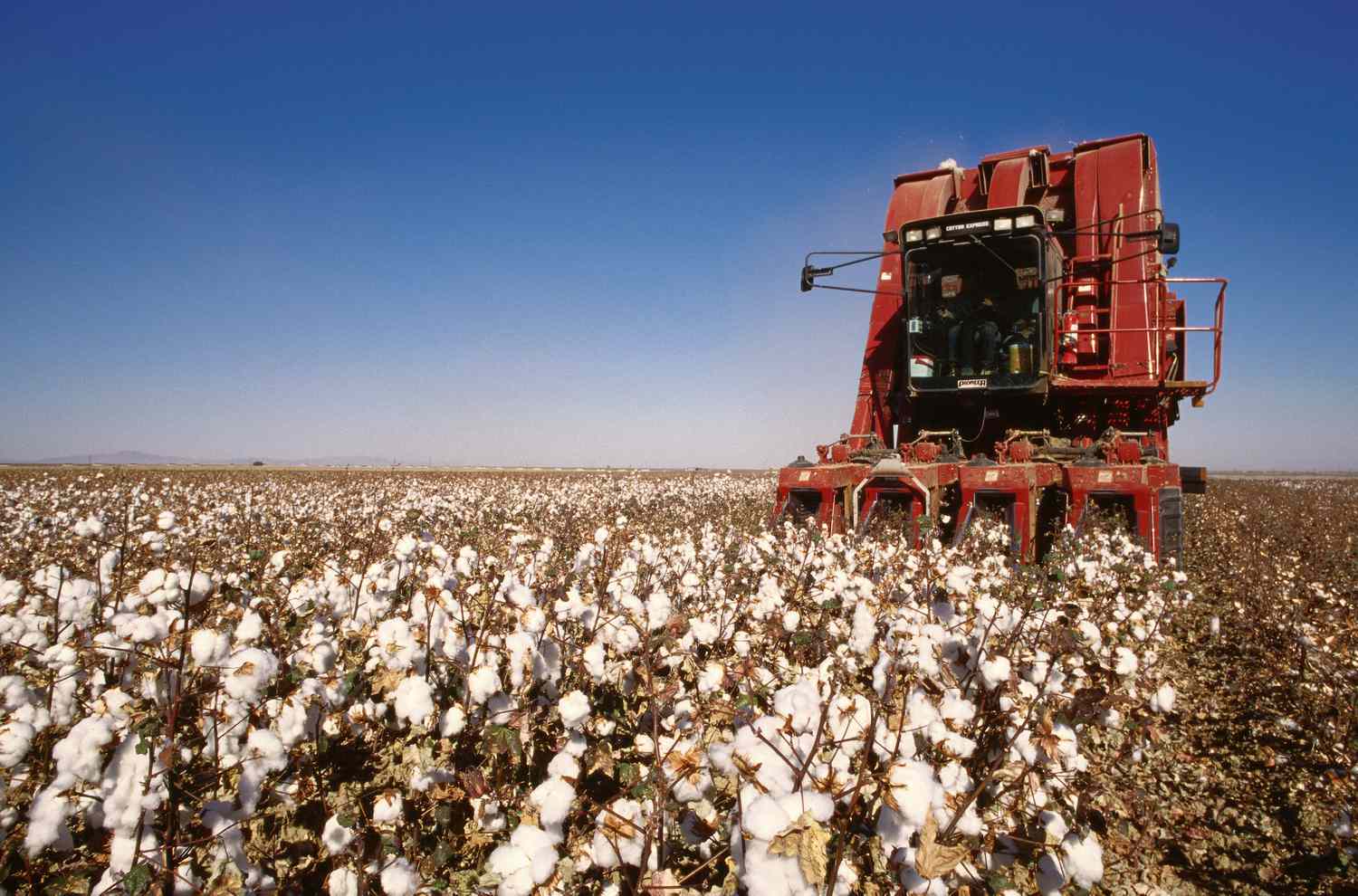





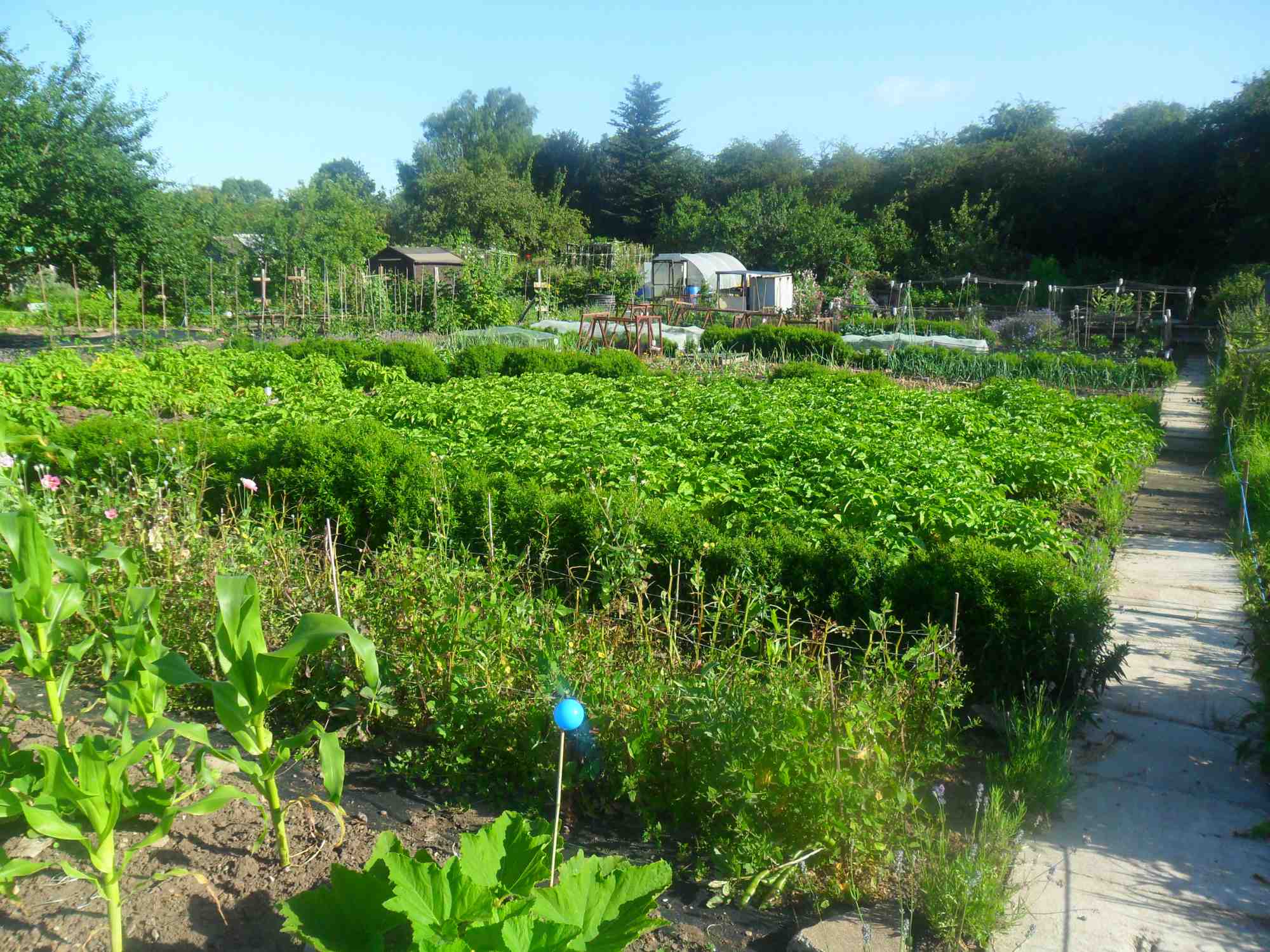
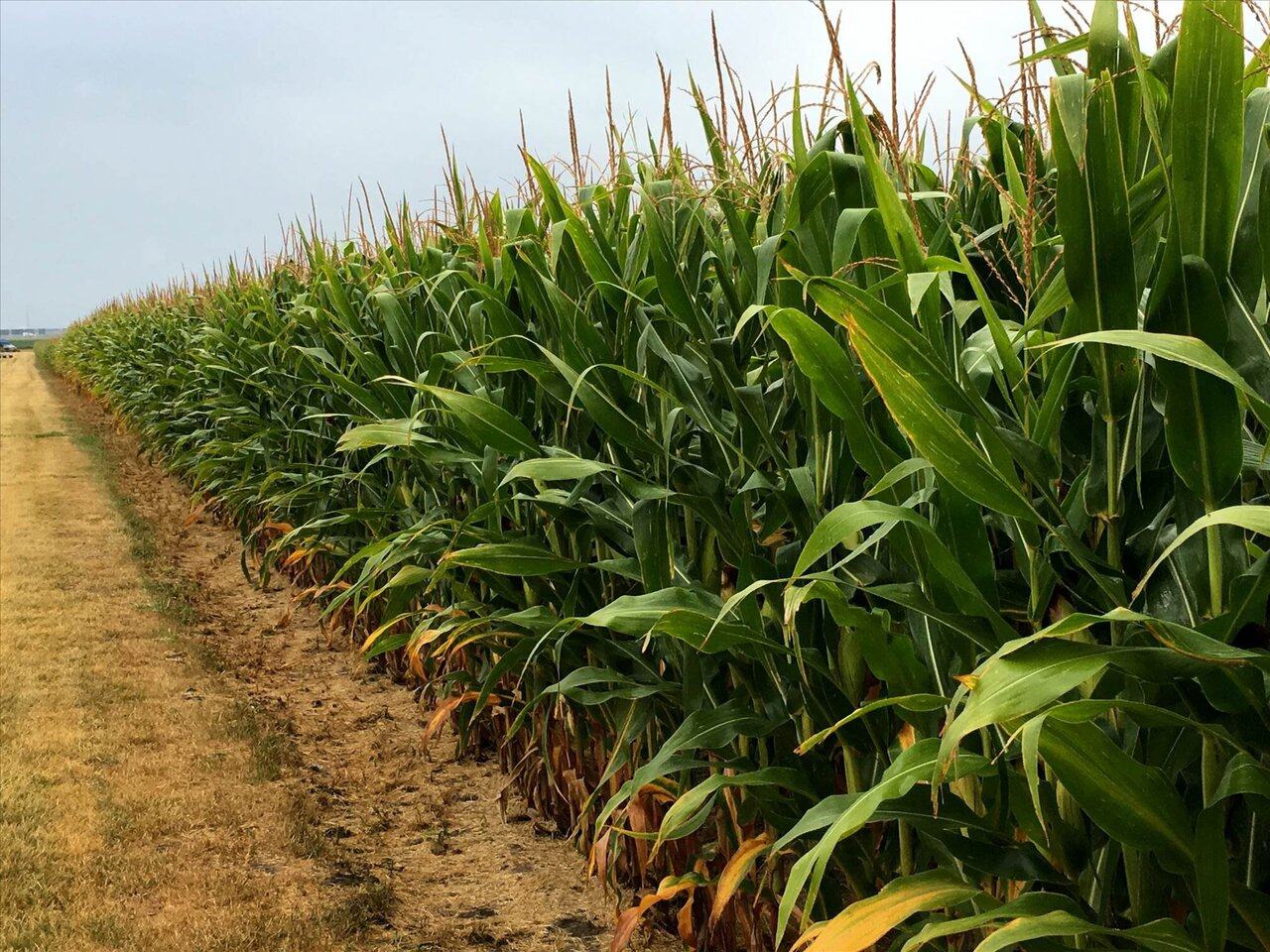
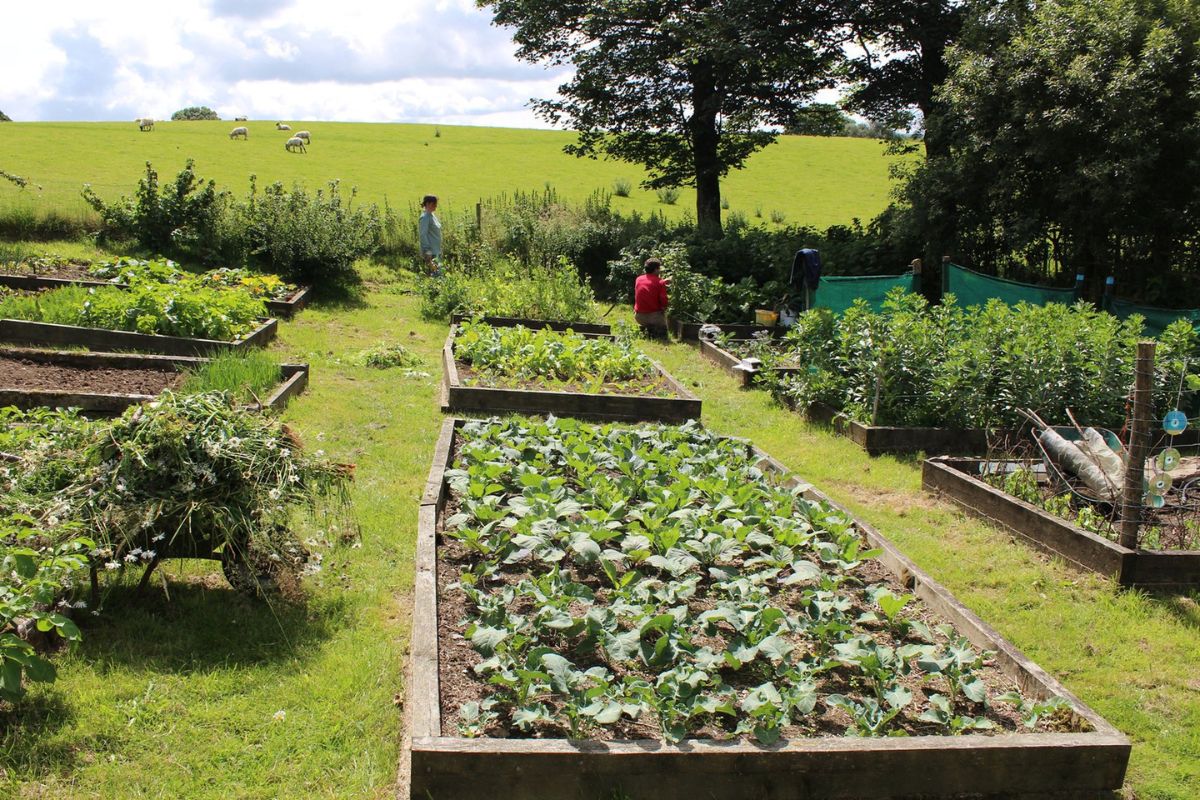
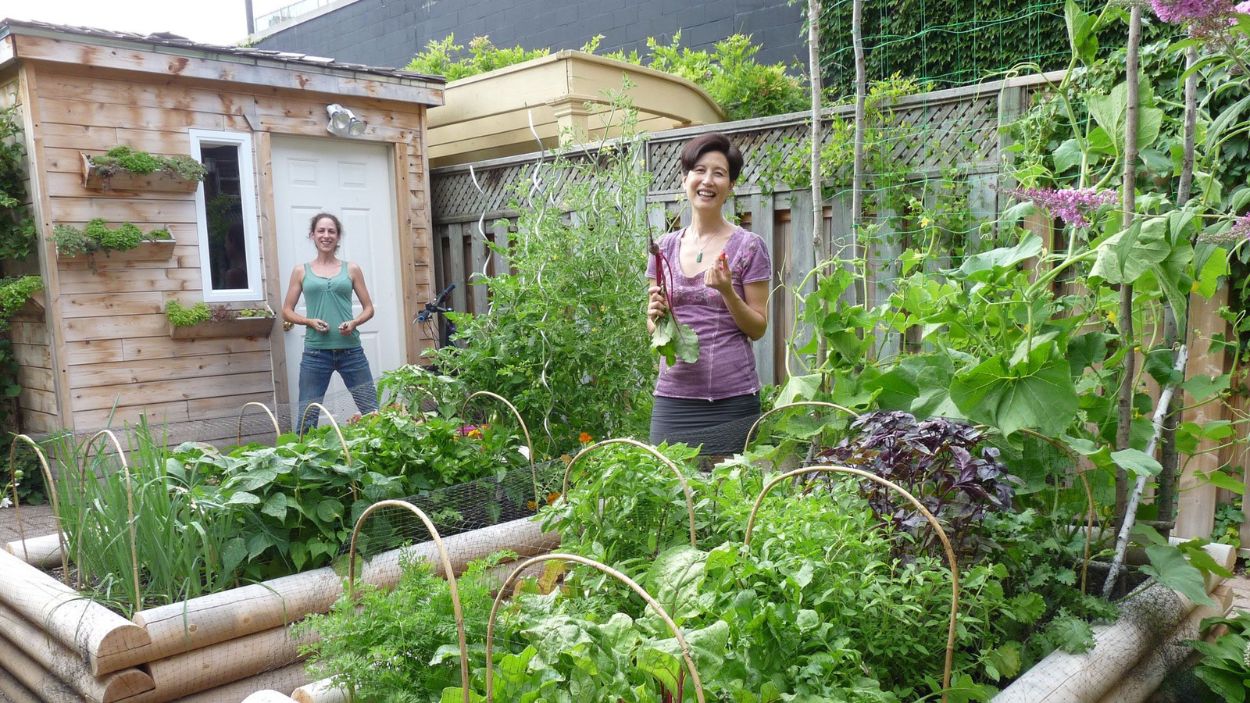
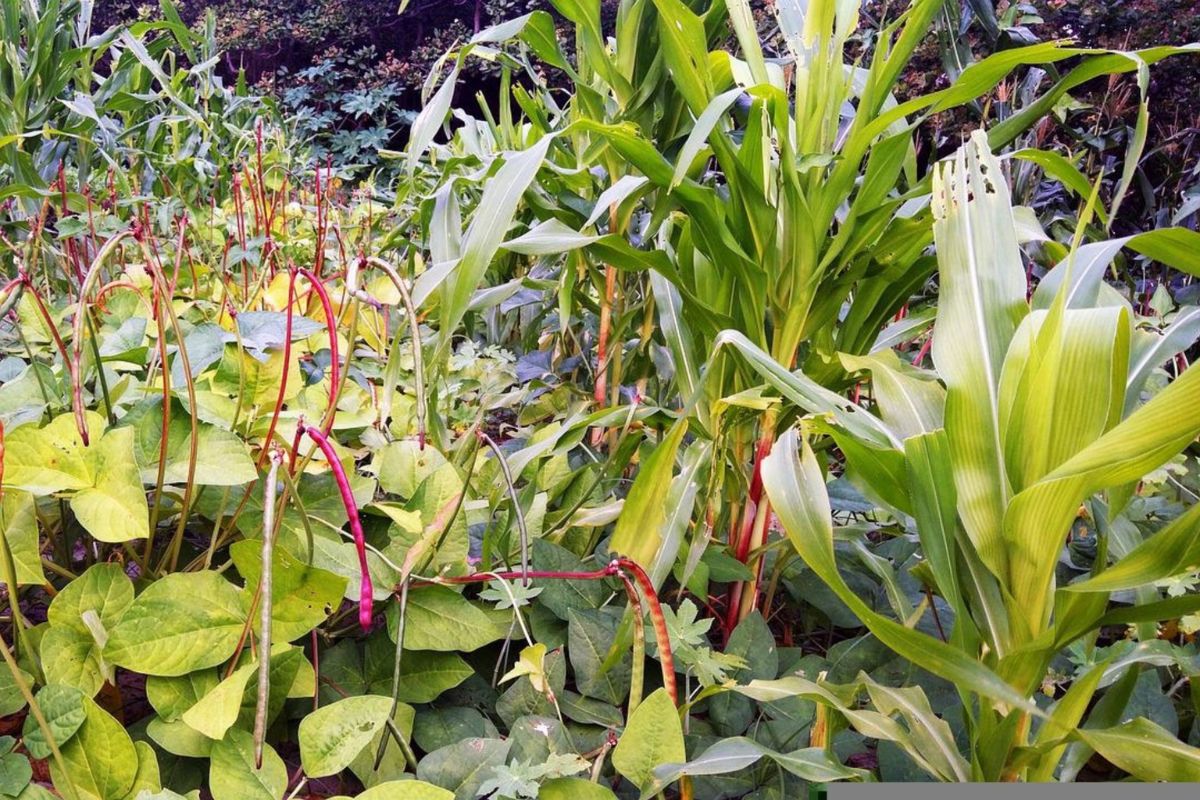

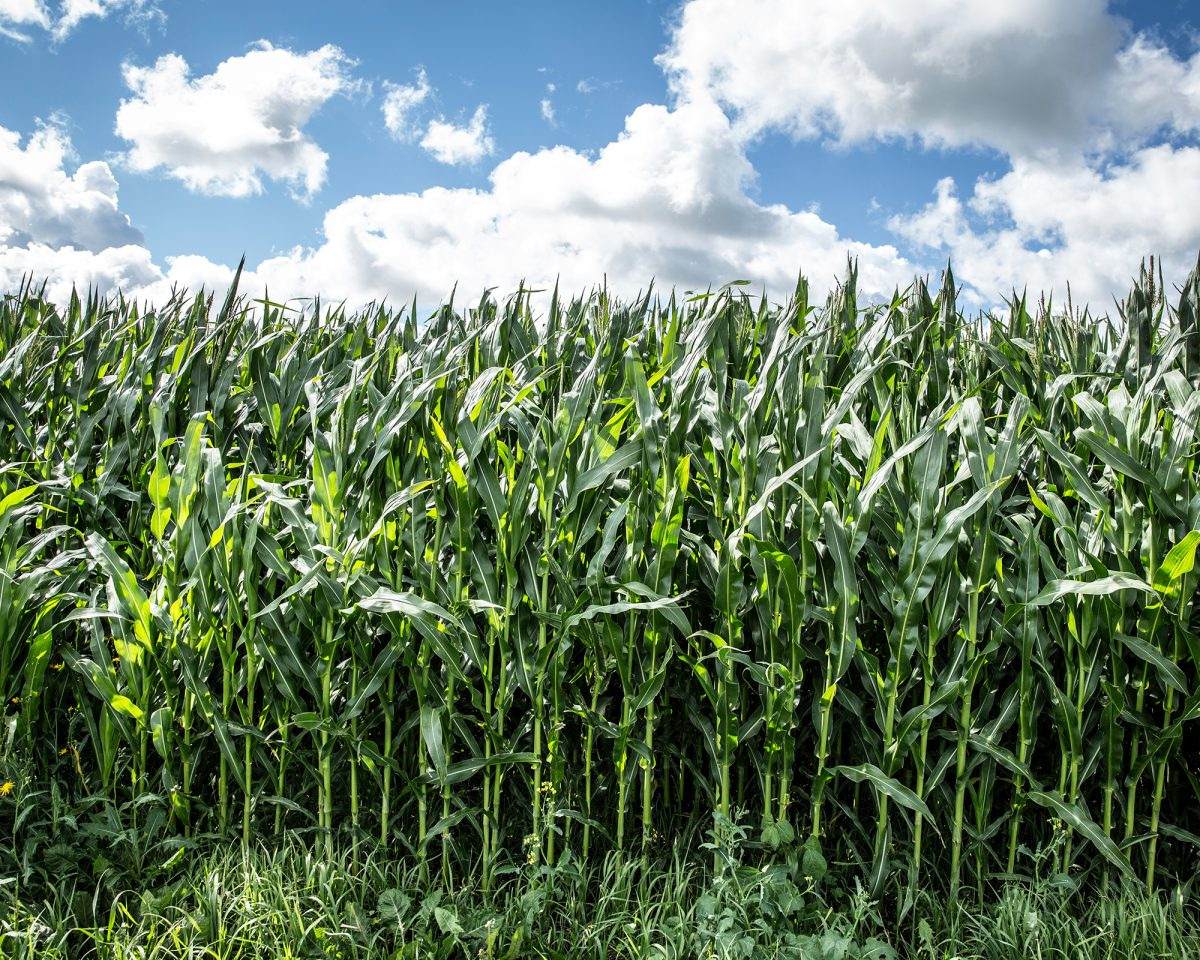


0 thoughts on “What Era Was Crop Rotation Invented”